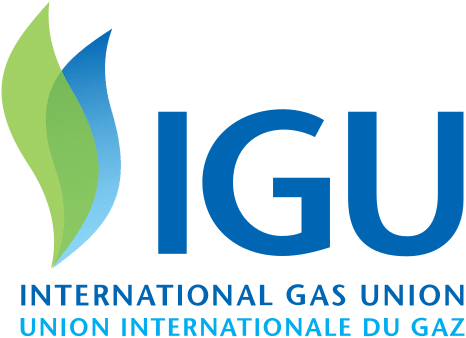2016 Global LNG trade jumps 5% to set new record for third consecutive year, as LNG comes to the fore as a fuel of choice
Barcelona/Tokyo, 5 April 2017 – The International Gas Union (IGU) today released its 2017 World LNG Report, examining the current state of the Global LNG Industry. The latest report highlights the dynamic 2016 experienced by the global LNG industry – with significant growth in LNG supply projects, as well as increases in demand for LNG as a fuel from new and existing markets across the globe.
Global LNG trade in 2016 reached a record 258 million tonnes (MT) – an increase of 5% from 2015, and the largest ever year for LNG trade. This dramatic increase is particularly noticeable when compared with the average 0.5% growth rate of the previous four years.
This jump can primarily be attributed to a significant increase in new supply, due largely to the start of exports from the US Gulf of Mexico, as well as the start of commercial operations in Australia Pacific LNG, among others. These new projects come about as governments, businesses and consumers become increasingly aware of the advantages of natural gas in the global energy mix, and are encouraging trends pointing to further growth in the LNG market.
There was also significant inceases in demand as LNG finds a role as a fuel of choice in new markets. The most pronounced increase in demand comes from Asian markets, with China’s LNG consumption increasing dramatically by roughly 35% to 27 million tonnes per annum (MTPA). On the flip-side, some markets – including Japan and South Korea as the two largest – have shown signs of satiation as other forms of energy come to the fore, in part showing the flexible value of LNG as a fuel source. This was particularly prevalent in Brazil, where a resurgence in hydro power has reduced demand for LNG by 80%.
The latter half of 2016 saw Asian and spot LNG prices reach $9.95 per million British thermal units (MMBtu) by February 2017, due to disruptions to supply and cold winter temperatures. This followed a dip in price in the first half of the year to $4.05 MMBtu, primarly due to supply outstripping demand, generating an average Northeast Asian spot price for 2016 of $5.52 MMBtu. The UK National Balancing Point (NBP) finished 2016 at $5.44 MMBtu.
In 2016 global liquefaction capacity reached 339.7 MTPA – building on the 2015 measurement of 301.5 MTPA and growing at a consistent rate. This growth includes new projects such as Sabine Pass LNG, as well as Gorgon LNG and Australia Pacific LNG. Global liquefaction capacity is expected to grow significantly over the next few years, with 114.6 MTPA of capacity under construction as of January 2017.
LNG continues to play an essential role in the marine shipping sector – with 31 newbuilds delivered from shipyards to the LNG shipping fleet in 2016. This constitutes an increase of 7% compared to 2015. The IGU’s most recent report on Enabling Clean Marine Transport emphasises the monumental impact switching to LNG fuel can have on emissions generated by shipping, with one tanker on 3% bunker fuel producing as much in emissions as 50 million diesel-fuelled cars.
“The increased use of natural gas is hugely beneficial to the environment, and subsequently human health, across the globe. Our recent reports on urban air quality, as well as the use of LNG in marine shipping, are testament to this. This year’s World LNG report is extremely promising, and LNG maintains an essential role in expanding access to gas across the globe, acting as a key pillar in the future energy mix,” said David Carroll, President of the IGU.
Natural gas has many important benefits – it is abundant, flexible and is the perfect complement to intermittent renewables for power generation. Natural gas provides clean affordable heating for industrial processes and for commercial and residential customers around the world. Natural gas also has benefits relative to coal and oil – in terms of lower carbon emissions as well as particulates and other pollutants that contribute to poor air quality and ensuing health concerns.
The World LNG Report, a flagship publication of IGU first published in 2010, provides key insights into LNG industry developments through the end of calendar year 2016. While the Report’s focus remains, as in years past, upon recent historical data on world LNG activity, the Report also provides key insights on issues addressing world LNG activity going forward. Now published on an annual basis, the Report serves many in the international energy business as a standard desk reference for information on the LNG industry. To download the full report, please click here.
For further information please contact:
Menelaos (Mel) Ydreos
Director, External Affairs
International Gas Union (IGU)
Tel: +1-416-568-8382
Email: mydreos@igu.org

